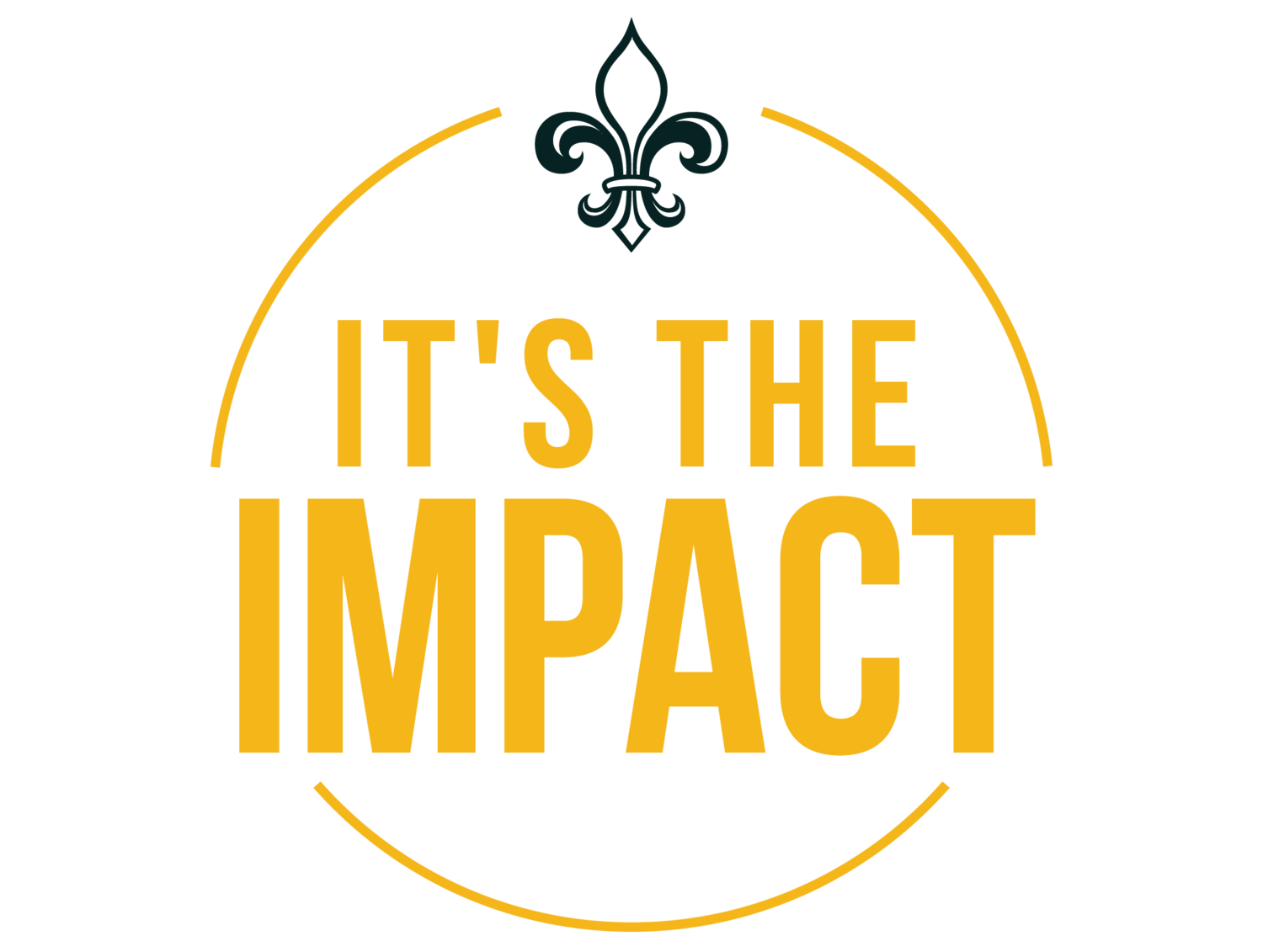He Was Arrested for Playing Drums While Naked: What He can Teach Us About Strengths
We all have guilty pleasures. Recently, mine was watching Matthew McConaughey’s livestream ‘Art of Livin’ event. Surprisingly, it wasn’t all fluff! What stood out to me? Not just McConaughey’s witty banter, but his comments about how our strengths don’t always help us. It turns out, he shares my point of view. He’s not just a pretty face after all!
We focus heavily on strengths in our program, The Changemaker. While our strengths can work wonders for us and the people we care about, McConaughey is right that they aren’t always helpful. However, we can learn to embrace our strengths with self awareness and self compassion, in a way that allows us to lovingly set them aside when they’re not serving us.
How your strengths can get in the way
You have superpower talents. The problem is, there are four steps to bringing those talents to the table, and most leaders only work on the first. Let’s break them all down.
Step 1 - Know your strengths: Get a strengths assessment done. But remember, you need to go beyond having this piece of paper on your desk.
Step 2 - Internalize your strengths: Create an internalized narrative that is authentic, in which you’ve truly accepted your strengths and who you are. The key is to not dismiss your strengths, and stay focused on the ones you have rather than those you don’t.
Step 3 - Leverage your strengths: Intentionally and strategically command your strengths to achieve a specific outcome.
Step 4 - Manage your strengths: When necessary, lovingly decide that the strengths you naturally bring to the table, you don’t need in a certain situation. This step is what we’ll focus on in today’s article.
Let’s say you’re an executive director of a non-profit. You need to be able to make decisions. However, if ‘strategy’ is one of your strengths and you operate for too long in your strategic strength, you’ll delay decision making as you wait on yet another piece of information to be unveiled. This is what people with strategic strengths do. It doesn’t mean your strategic strength is negative—it simply means you need to set that strength aside so you can attend to the important business of making a decision.
How to recognize when your strengths aren’t helpful—and what to do about it
Once you’ve done the work involved in steps 1 to 3 above, you can lean into managing your strengths. Here are a few ways you can tell if your strengths aren’t serving you in a particular situation:
You’re trying, but not making progress, toward a goal.
You’re constantly using the same approach, but not getting the results you want.
You’re feeling like you’re out of ideas and creativity.
You’re regularly getting feedback from others about a way in which you’re operating or behaving that is not useful.
How can you achieve a different outcome? First, go through the four steps outlined earlier in this article so you can not only know, but also internalize, leverage, and manage your strengths.
Real Talk: If you don’t put in the work to truly see what you bring to the table and deeply love and appreciate it, you won’t be able to gently put the brakes on those strengths when they’re in overdrive.
Let’s look at another example. If all of your strengths are execution-oriented, you might receive feedback that you’re not building relationships well enough. And, you may not see yourself as someone who builds relationships. This tension is a result of not accepting who you are so you can build relationships in the context of your operating reality. You don’t need to become someone else. Your frame of reference is execution, and you can learn to use that strength to build relationships.
How knowing and loving your strengths impacts your relationships
As a leader, accepting your own strengths is a powerful catalyst for becoming more accepting of other people. This is critical because leaders need to be able to form strong relationships to bring their visions to life—the work is a team effort that requires collaborating with others!
In my coaching practice, I’ve learned that the people who we struggle most to create positive relationships with are those who are most different from us. We know this from confirmation bias.
What does self acceptance have to do with it? Consider this: relationships are based on the ability to be curious about, interested in, and tolerant of other individuals. If you don’t extend that same care to yourself, you won’t have the space to do so for anyone else. It starts with self awareness and self compassion.
When you’ve created the space for yourself to be who you are, you’ll find you can make more space for others. This dramatically decreases your emotional toll and makes for more positive relationships and outcomes all around.
Curious about your own strengths? Contact me to find out how we can work together to not only uncover them, but also to internalize, leverage, and manage them.
